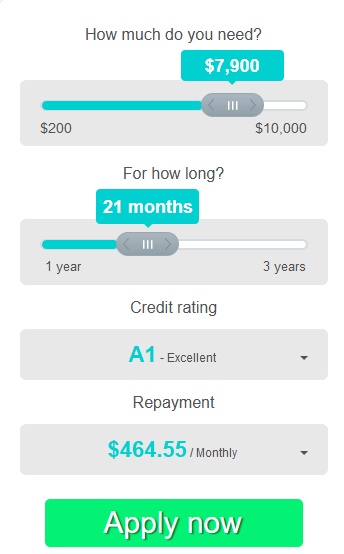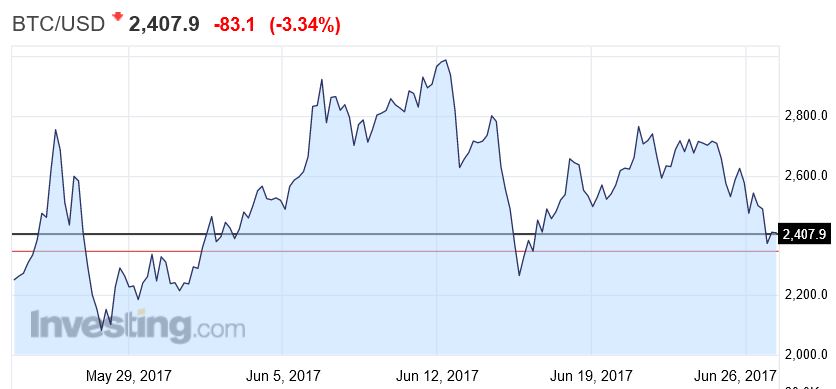An interesting working paper from the IMF “Financial Stability Analysis: What are the Data Needs?” looks in detail at the information which is required to enable regulators to understand the dynamics and early warning signs of risks to financial stability. They argue we need to get granular, and think more about “micro-prudential”. Macro-prudential is not enough. In essence, they say that whilst aggregate data may paint an acceptable picture, it can mask significant pockets of risk which are only revealed by going granular. They also call out a wide range of data gaps, from shadow banking to capital flows.
The growing incidences of financial crises and their damage to the economy has led policy makers to sharpen the focus on financial stability analysis (FSA), crisis prevention and management over the past 10–15 years. The statistical world has reacted with a number of initiatives, but does more need to be done? Taking a holistic view, based on a review of experiences of policy makers and analysts, this paper identifies common international threads in the data needed for FSA and suggests ways to address these.
While there has been an encouragingly constructive response by statisticians, not least through the G-20 Data Gaps Initiative, more work is needed, including with regard to shadow banking, capital flows, corporate borrowing, and granular data. Further, to support FSA, the paper identifies potential enhancements to the conceptual advice in statistical manuals including with regard to foreign currency and remaining maturity.
Specifically, they highlight the need to understand, at a granular level the debt profile of households and companies. We agree especially as we have significant data gaps in the Australian context, with regulators relying on relatively high-level, myopic and out of data information. Worse still many banks themselves do not have the granularity they need, so even if regulators asked for more precision, it would not be forthcoming. And confidentiality is an often used shibboleth.
Time to get granular!
To meet the need for increased availability of granular data not only could the collection of more granular data be considered but more use could be made of existing micro data (data that are collected for supervisory or micro-prudential purposes).
Other initiatives to strengthen financial institutions’ risk reporting practices include data reporting requirements arising from the implementation of Basel III and the Solvency II rules; the development of recovery and resolution plans by national banking groups; and the efforts to enhance international financial reporting standards. In addition to contributing to financial institutions’ own risk managements, the improvements in regulatory reporting can contribute to the quality of the more aggregate macro-prudential data for the assessment of system-wide financial stability risks at the national, regional, and international levels.
However, the use of micro data for macro financial assessment has its challenges, the most important being the strict confidentiality requirements associated with the use of micro data. Such requirements typically limit data sharing among statistical and supervisory agencies, and with users. But also granular information brings data quality and consistency issues that need to be dealt with to be able to draw appropriate conclusions for macro-prudential analysis. Tissot points out the importance of being able to aggregate micro information so it can be analyzed, and communicated to policy makers while on the other hand the “macro” picture on its own can be misleading, as it may mask micro fragilities that have system-wide implications.
Macro-stress testing is a key tool to assess the resilience of financial institutions and sectors to shocks and would benefit from more detailed information particularly for the top-down stress tests.
Another area where better data are needed to assess financial stability risks is related to the monitoring of the household sector. Such data include comprehensive information on the composition of assets and liabilities, and household income and debt service payments. Further, the growing interest of policy makers in the inequality gap (i.e., of consumption, saving, income and wealth) has led to a demand for distributional information.
Note: IMF Working Papers describe research in progress by the author(s) and are published to elicit comments and to encourage debate. The views expressed in IMF Working Papers are those of the author(s) and do not necessarily represent the views of the IMF, its Executive Board, or IMF management.









